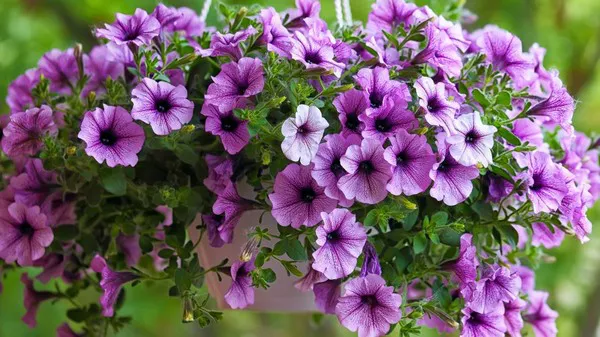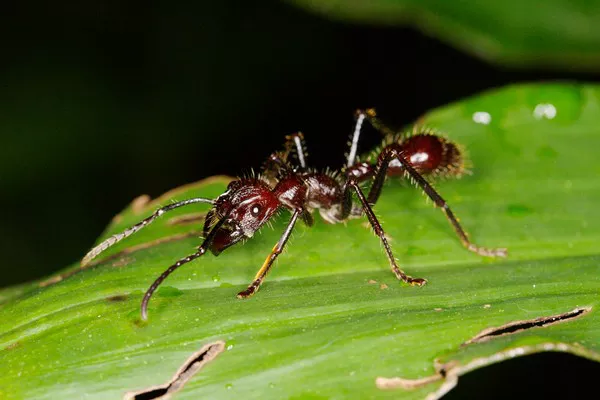In the world of gardening, annual flowers hold a special place, providing bursts of color, fragrance, and beauty throughout the growing season. From vibrant petunias to delicate marigolds, annuals offer versatility, easy maintenance, and endless possibilities for garden design. In this comprehensive guide, we explore the most common annual flowers, sharing insights into their characteristics, growing requirements, and creative uses in the landscape.
Understanding Annual Flowers:
Before delving into the specifics of individual annuals, it is important to understand what distinguishes them from other types of plants. Annual flowers are plants that complete their life cycle within a single growing season, from seed germination to flowering, seed production, and eventual death. Unlike perennial plants, which live for multiple years, annuals typically bloom profusely for a few months before fading away with the onset of cold weather or the end of the growing season.
One of the key advantages of annual flowers is their ability to provide continuous color and interest in the garden, making them ideal for filling gaps in flower beds, borders, containers, and hanging baskets. Annuals come in a wide range of sizes, shapes, colors, and textures, allowing gardeners to experiment with different combinations and create visually stunning displays.
The Most Common Annual Flowers:
1. Petunias (Petunia spp.):
Petunias are among the most popular and versatile annual flowers, prized for their abundant blooms, vibrant colors, and easy care. Available in a wide range of hues, including pink, purple, red, white, and bicolors, petunias can be grown as bedding plants, container specimens, or trailing accents in hanging baskets. With proper deadheading and regular fertilization, petunias will continue to bloom profusely throughout the summer months, attracting pollinators and adding a splash of color to any garden.
2. Marigolds (Tagetes spp.):
Marigolds are beloved for their cheerful blooms, spicy fragrance, and pest-repelling properties, making them a popular choice for both ornamental and functional gardens. Available in various shades of yellow, orange, and gold, marigolds thrive in full sun and well-drained soil, making them ideal for borders, edging, and companion planting. Marigolds are also prized for their ability to deter pests such as aphids, nematodes, and whiteflies, making them a valuable addition to vegetable gardens and flower beds alike.
3. Zinnias (Zinnia spp.):
Zinnias are renowned for their vibrant, daisy-like blooms, which come in a dazzling array of colors, shapes, and sizes. From dwarf varieties suitable for containers and borders to tall, cutting types perfect for bouquets and arrangements, zinnias offer endless possibilities for garden design. With their long flowering period and easy care requirements, zinnias are a favorite among beginner and experienced gardeners alike, attracting butterflies, bees, and other pollinators to the garden.
4. Impatiens (Impatiens walleriana):
Impatiens, also known as busy Lizzies, are prized for their shade tolerance, prolific blooms, and vibrant colors, making them a popular choice for shaded areas and containers. Available in a range of hues, including pink, red, orange, purple, and white, impatiens thrive in moist, well-drained soil and partial to full shade, making them ideal for brightening up shady corners of the garden. With their continuous flowering and low maintenance requirements, impatiens are a versatile and reliable choice for adding color to any landscape.
5. Begonias (Begonia spp.):
Begonias are renowned for their striking foliage, delicate blooms, and tolerance of shade and heat, making them a popular choice for both indoor and outdoor gardens. Available in a variety of forms, including fibrous-rooted, tuberous, and rhizomatous begonias, these versatile plants offer a range of colors, textures, and growth habits to suit any garden style. From compact bedding plants to cascading trailers, begonias add beauty and interest to containers, hanging baskets, and garden beds.
6. Alyssum (Lobularia maritima):
Alyssum, also known as sweet alyssum, is prized for its delicate flowers, sweet fragrance, and low-growing habit, making it an excellent choice for borders, edging, and ground covers. Available in shades of white, pink, and purple, alyssum thrives in full sun to partial shade and well-drained soil, making it ideal for rock gardens, containers, and pathways. With its profuse blooming and easy care requirements, alyssum adds charm and elegance to any garden setting.
7. Salvia (Salvia spp.):
Salvia, also known as annual sage, is prized for its showy spikes of flowers, attractive foliage, and ability to attract pollinators such as butterflies and hummingbirds. Available in a variety of colors, including blue, purple, red, and white, salvia thrives in full sun and well-drained soil, making it ideal for borders, beds, and containers. With its long flowering period and drought tolerance, salvia is a versatile and reliable choice for adding color and interest to the garden.
8. Vinca (Catharanthus roseus):
Vinca, also known as periwinkle or Madagascar periwinkle, is prized for its glossy foliage, abundant blooms, and tolerance of heat and drought, making it a popular choice for hot, sunny gardens. Available in shades of pink, white, and lavender, vinca thrives in full sun and well-drained soil, making it ideal for beds, borders, and containers. With its continuous flowering and low maintenance requirements, vinca adds beauty and color to any garden setting.
9. Nasturtiums (Tropaeolum majus):
Nasturtiums are prized for their edible flowers, trailing habit, and vibrant colors, making them a popular choice for both ornamental and culinary gardens. Available in shades of yellow, orange, red, and cream, nasturtiums thrive in full sun to partial shade and well-drained soil, making them ideal for hanging baskets, containers, and garden beds. With their long flowering period and peppery flavor, nasturtiums add beauty and flavor to salads, soups, and other dishes.
10. Cosmos (Cosmos bipinnatus):
Cosmos are renowned for their daisy-like blooms, feathery foliage, and graceful habit, making them a popular choice for cottage gardens, wildflower meadows, and cutting gardens. Available in shades of pink, white, and purple, cosmos thrive in full sun and well-drained soil, making them ideal for borders, beds, and containers. With their long flowering period and attractive foliage, cosmos add charm and elegance to any garden setting.
See Also: 5 Most Common Carnivorous Plant Varieties
Conclusion:
Annual flowers are prized for their versatility, easy care, and ability to provide continuous color and interest in the garden throughout the growing season. From vibrant petunias to delicate marigolds, the most common annual flowers offer endless possibilities for garden design, allowing gardeners to create stunning displays in beds, borders, containers, and hanging baskets.
By understanding the characteristics, growing requirements, and creative uses of annual flowers, gardeners can experiment with different combinations and create visually stunning landscapes that reflect their personal style and preferences. Whether used as bedding plants, container specimens, or accents in mixed borders, annual flowers add beauty, fragrance, and charm to any garden setting, delighting both gardeners and visitors alike with their profuse blooms and vibrant colors.
You Might Be Interested In:










![10 Most Richest Cities in the United States [Revealed!]](https://www.validdownloads.com/wp-content/uploads/2023/12/Manjula-Pothos.webp)















